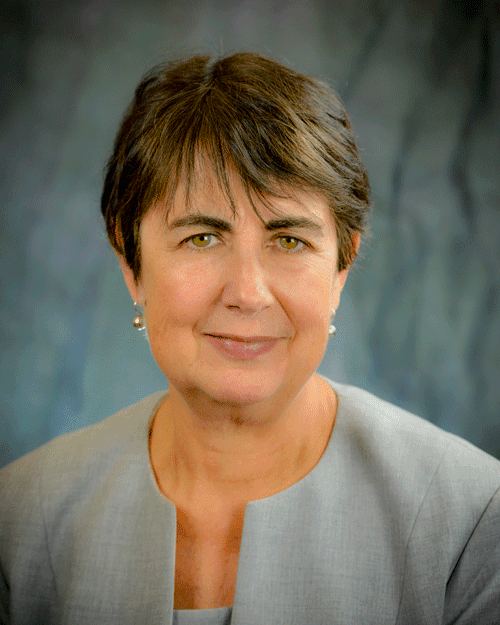Name Diane Souvaine | ||
 | ||
Education | ||
Diane L. Souvaine is Vice Provost for Research and a professor of computer science and mathematics at Tufts University. In 2008 she was nominated for a six-year term to the National Science Board, a 24-member body that governs the National Science Foundation and advises the United States government about science policy. In 2014 she was reappointed to a second six-year term. She also served for several years on the board of advisors for the Computer Science Department at the University of Vermont as well as for the Computer Science Department at Lehigh University.
After undergraduate and masters studies at Radcliffe College of Harvard University and at Dartmouth College, Souvaine earned her Ph.D. in 1986 from Princeton University under the supervision of David P. Dobkin. She held a faculty position at Rutgers University from 1986 to 1998, and from 1992 to 1994 served first as acting associate director and then as acting director of DIMACS. From 1995 to 1996 she took a visiting position in mathematics at the Institute for Advanced Study in Princeton, New Jersey, and in 1998 she took a permanent position at Tufts University. She was chair from 2002 to 2005 and (after a sabbatical at Harvard and the Massachusetts Institute of Technology) was reappointed as chair in 2006. In 2008 she won Tufts' Lillian and Joseph Leibner Award for Excellence in Teaching and Advising of Students.
Souvaine's research is in computational geometry and its applications, including robust non-parametric statistics and molecular modeling. She has also worked to encourage women and minorities in mathematics and the sciences and to advocate gender neutrality in science teaching. In 2011 she was listed as a fellow of the Association for Computing Machinery for her research in computational geometry and her service to the computing community.
